“Mannerize the World” – a story of art curation, Austrian tradition and digitization
Vera Steinkellner lives for, through and within the creative community – as a curator she makes art accessible to a broader audience. We talked to her about the PinkPlayground collaboration with Manner and aspiring artists she curated, her work as corporate social responsibility manager as well as her relationship to digitization.
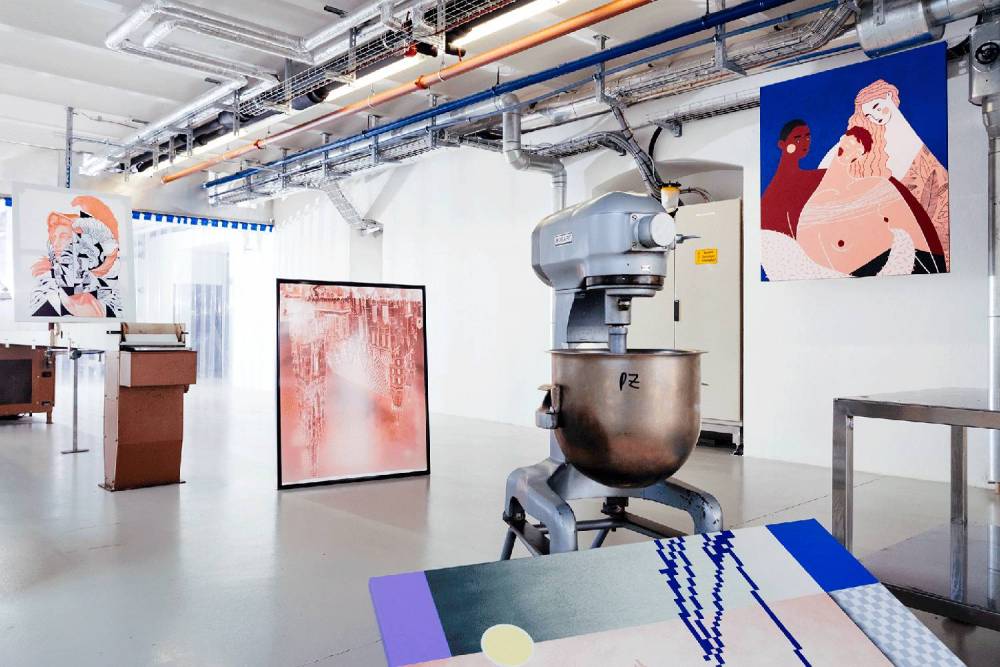
Can you tell us in a few words what you do as a curator and what your daily life looks like in the creative scene?
As art manager, it is my job to keep the artist’s back free. I pull the strings in the background, take care of finances, contracts, insurance, intellectual property rights, press, marketing, employees, etc.
Curating is supported by my experience from years of close collaboration with artists and international art cooperations. Projects between artists and companies require tact and sensitivity, as the most diverse requirements have to be brought together.
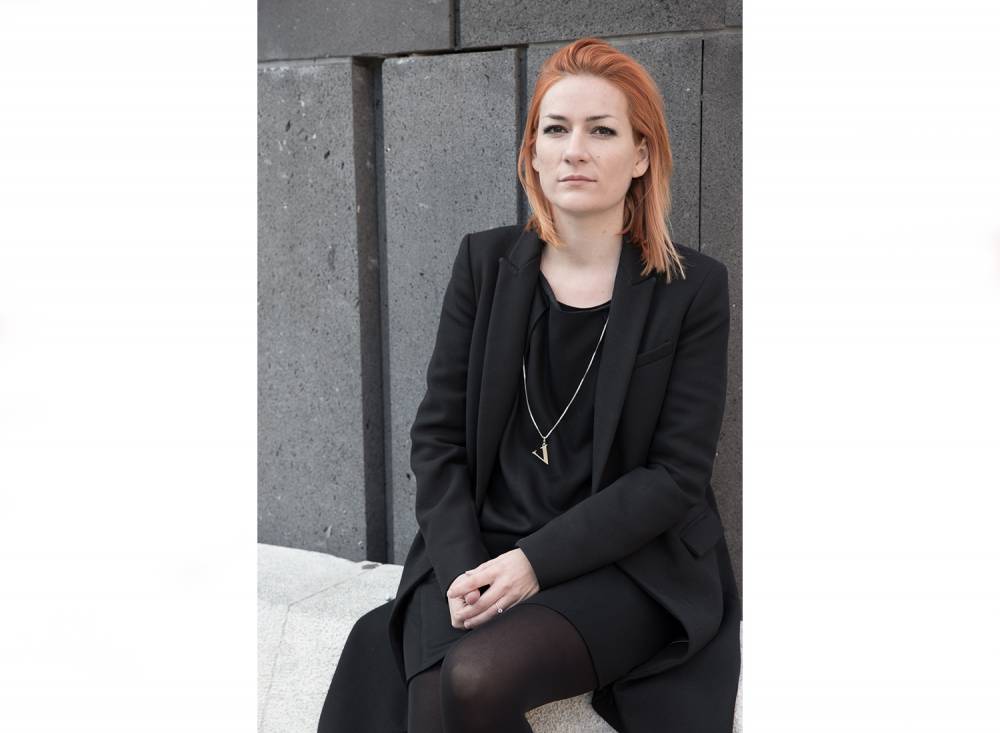
What made you become a curator and artist manager?
I guess it was persistence and a bit of luck. I always wanted to work at the interface between art and business. But the path to this goal was challenging and anything but easy. So I quit my job, completed a postgraduate study, studied art history, published a book on the subject of corporate cultural responsibility and built up my professional network. Against all odds, I started my own company with only one customer. The risk paid off, I am now independent and choose the projects myself.

Is there a certain vision or mission that you pursue with your work?
I am drawn by the prospect of seeing more art happening through thoughtful cooperations where both parties profit. Also I love to make art more accessible to a broader audience.
You mostly work with large companies and create a connection between them and the creative scene. How does this work?
My task is to facilitate and mediate. The most important thing is to verbalize the ideas and visions of both parties and to pack them into a concept. In the course of the project it is essential that the parties meet on an equal footing and that there is a regular exchange – only then will both sides have the necessary confidence to speak authentically to their audiences about the mutual advantages of the project.
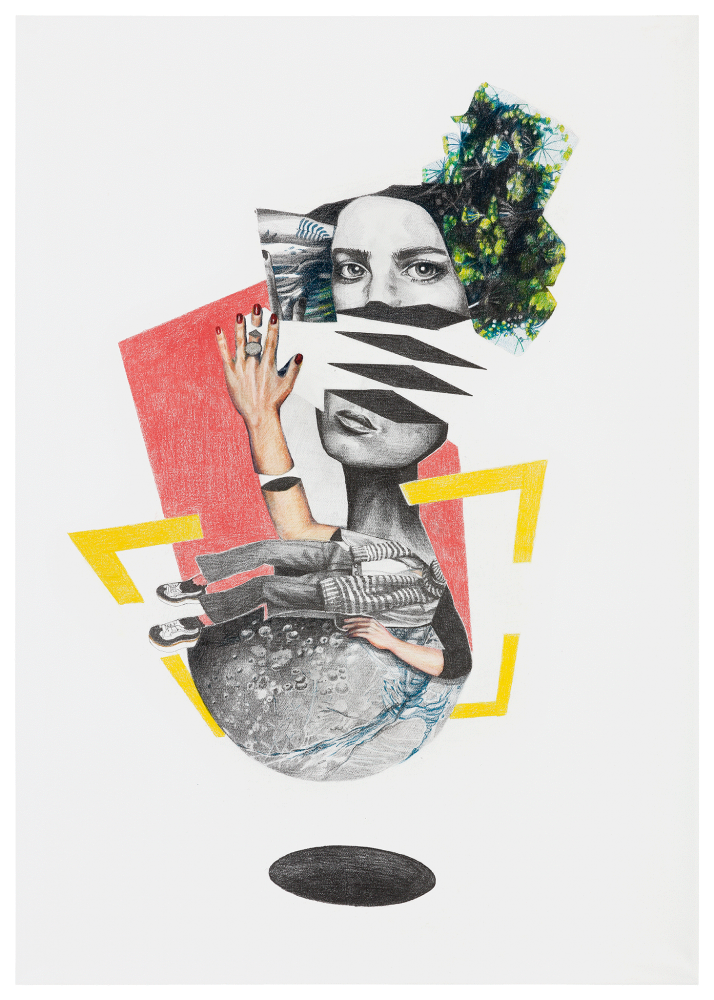
In cooperation with Manner you curated the PinkPlayground campaign as part of the “Mannerize the World” series, which was also shown at the Forward Festival 2020 in Vienna. What was the inspiration for it and how was the selection of the artists made?
Manner approached me when they were looking for a way to get in touch with the young creative scene in Austria. We conceived this long-term project, which invites artists and gives them commissions, while offering them maximum artistic freedom. Each edition has its own unique perspective, but the pivotal point is always the iconic color of Manner, pink.
The Pink Playground is also a field of experimentation that gives both Manner and the artists room for new initiatives.
For the first edition we decided to engage emerging artists with a connection to Austria, using different techniques and whose work is two-dimensional. The selection process and the collaboration followed the principles of fairness and gender equality.
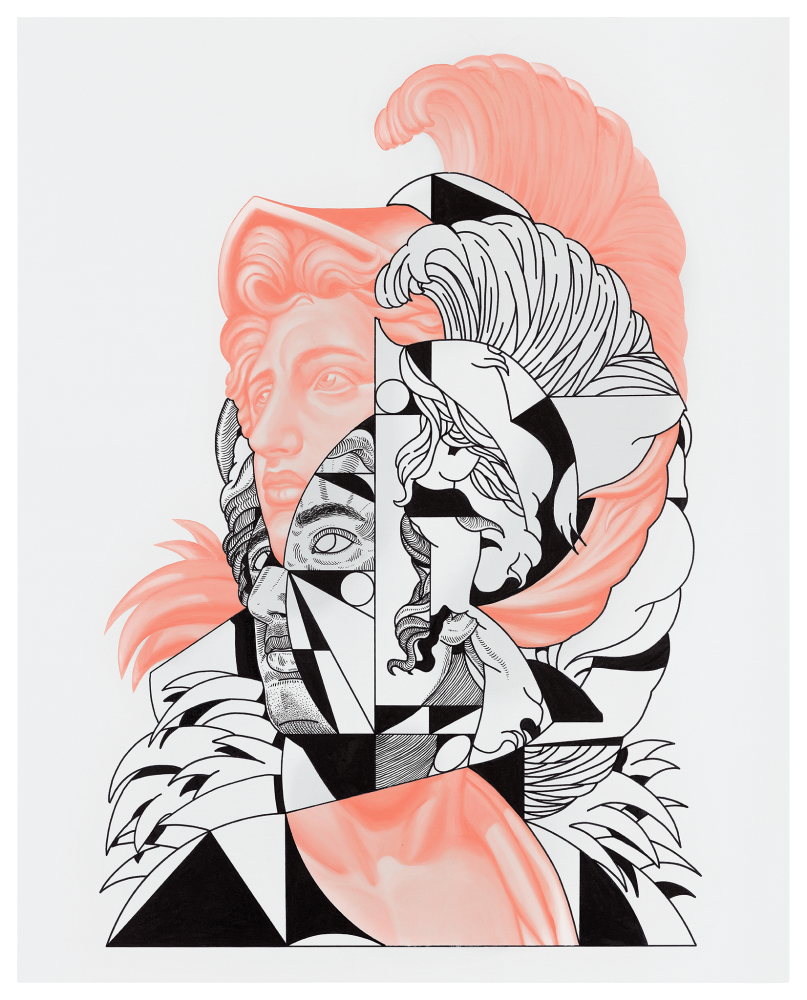
Can you tell us a little more about the 8 artists and their works?
The selected artists work with different techniques such as painting, photography, collage, and two of them work with augmented reality. When curating, I made sure that the request to include the color Manner Pink does not limit their work, but rather allows it to flourish. Some of them have a background in street art, which is kind of my specialty. To see their work for Manner, please click here.
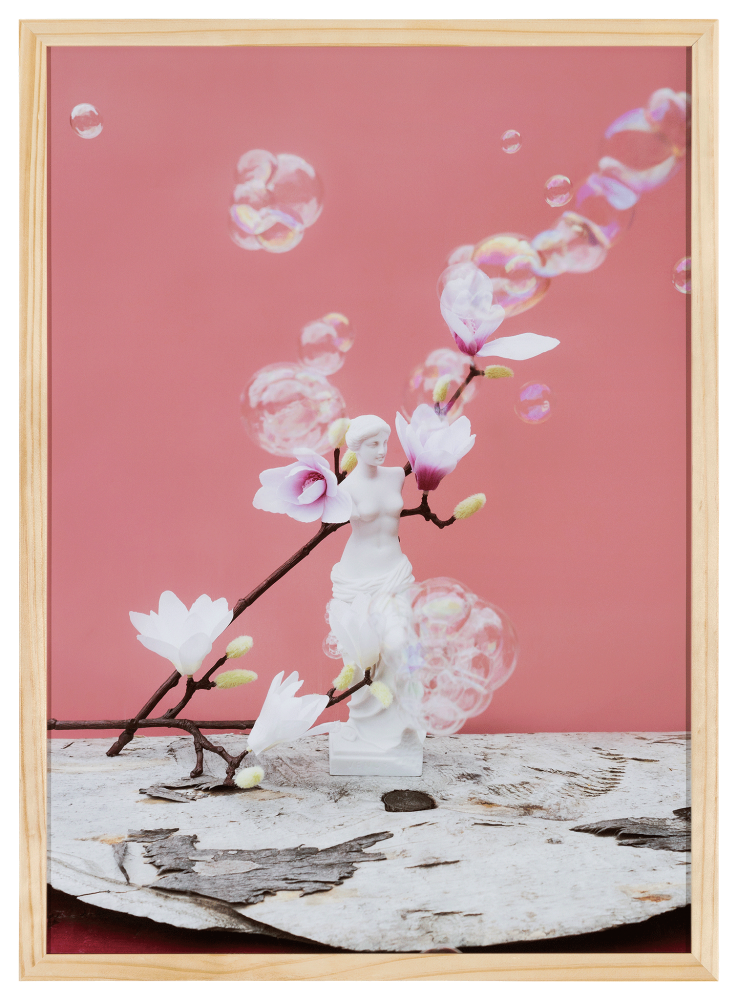
You are currently working on the second edition of the PinkPlayground campaign, can or are you allowed to tell us a little more about it?
I’m very excited about the next round as it opens up some new channels of collaboration – I can’t reveal details yet, but there are definitely some novel options for collaboration being explored and it’s worth pursuing the Pink Playground.
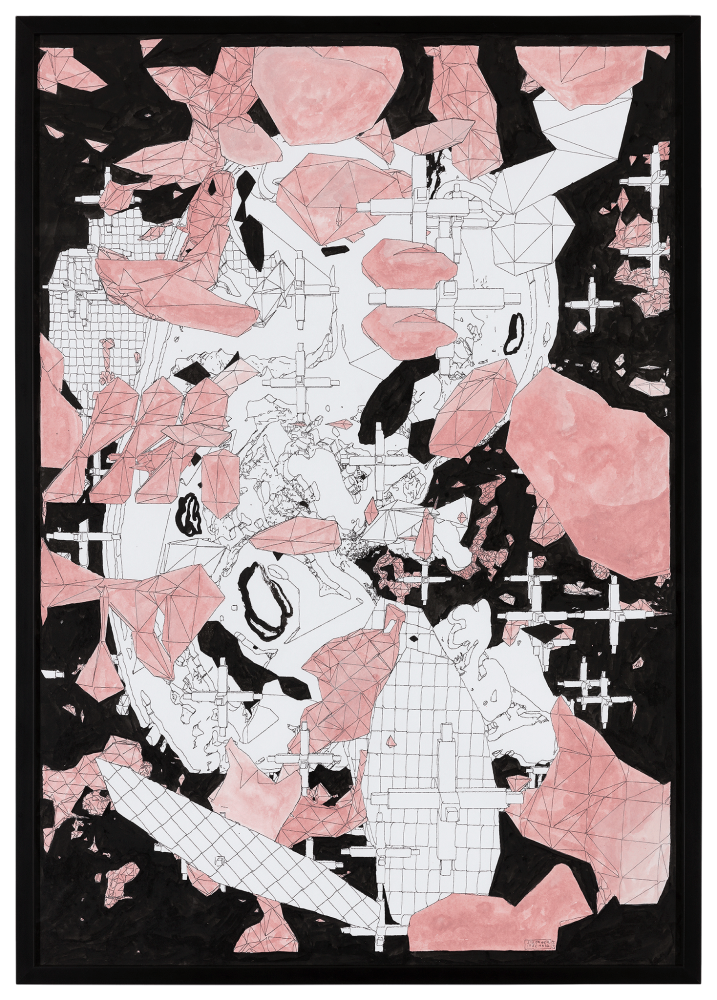
A few years ago you published the book “Corporate Cultural Responsibilites”, what does cultural responsibility mean for companies and why is it important to bring companies and culture together?
The responsibility towards culture arises from its use as a resource. Culture fuels creativity, which is an important driver of innovation and it also secures the attractiveness of the location. Culture also serves as a source of inspiration and in the field of marketing, it has always been used indirectly, in order to support the perception of products and services – to generate a unique selling proposition.
To take on Cultural Responsibility is a holistic approach, it contributes to the attractiveness and sustainable development of a business.
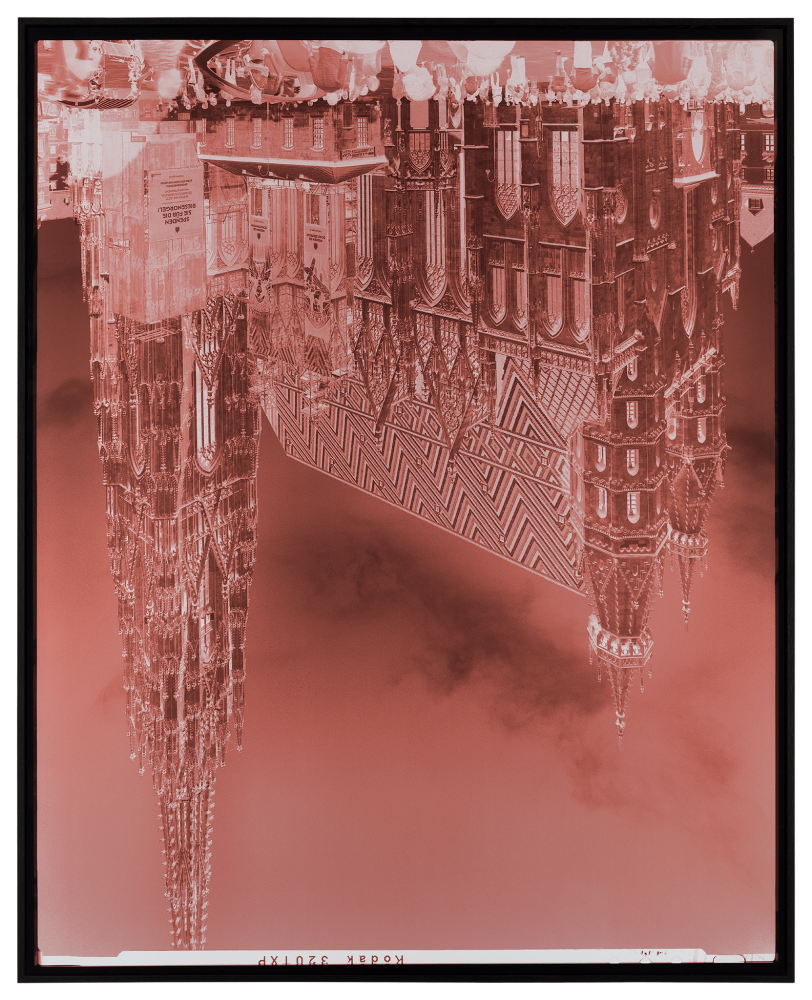
During your time as an artist manager, was there a specific project that stuck in your mind and why?
I love it when corporations prepare the ground for new concepts. Last year I led a cooperation between Nychos and Volkswagen to introduce their new e-mobility fleet. A mural showing the electric racing car in a classic Nychos interpretation was created in the up-and-coming area of Amsterdam, the NDSM shipyard. However, the artwork was only a frame of a complete animation, which was “hidden” behind the mural and could be brought to life by passers-by with a mobile phone app.
What tip would you give young artists who are just beginning their careers?
Always talk to people who are interested in your art and keep them up to date. It is never too early to build your followership.

We live in a very fast-paced time, with an ever increasing urge for growing digitization. How does digitization affect your work?
It affects almost every part of my work. Most of all, I appreciate the fact that I can work anywhere and just jump into a video call with clients/partners around the globe. I can follow the careers of artists and see what is going on in the art world.
It has an impact on how we consume art – there are now online art fairs and online viewing spaces. And sometimes even on how art is produced – for example, augmented reality. The current pandemic definitely reinforces this trend. Nevertheless, the art world is always about personal interaction and this will remain so… in this sense, I am very much looking forward to visiting art events again!
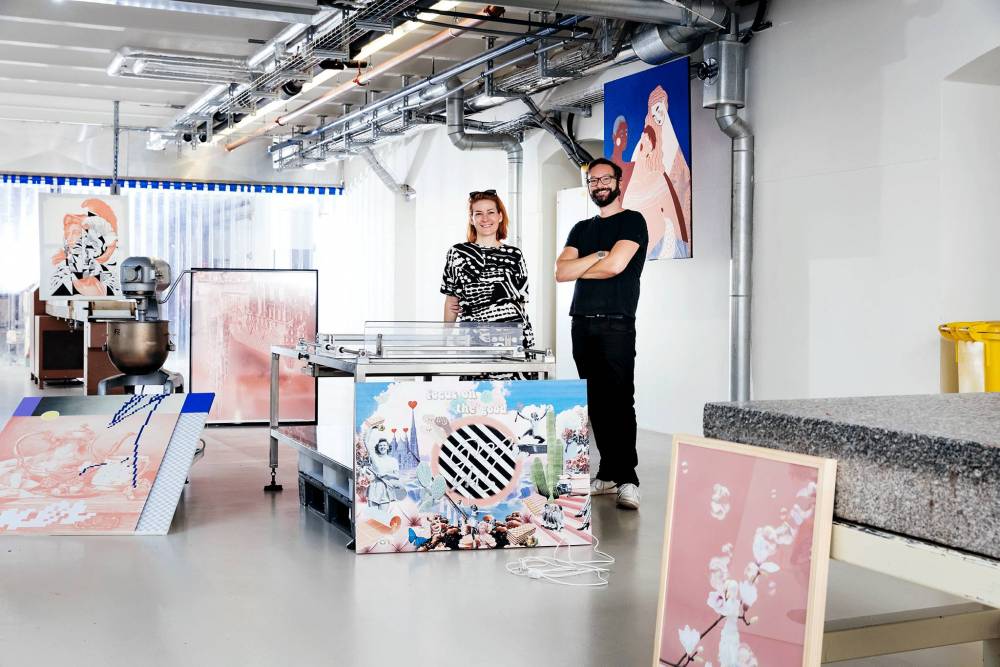
Cover Image
Artist: Coco Wasabi